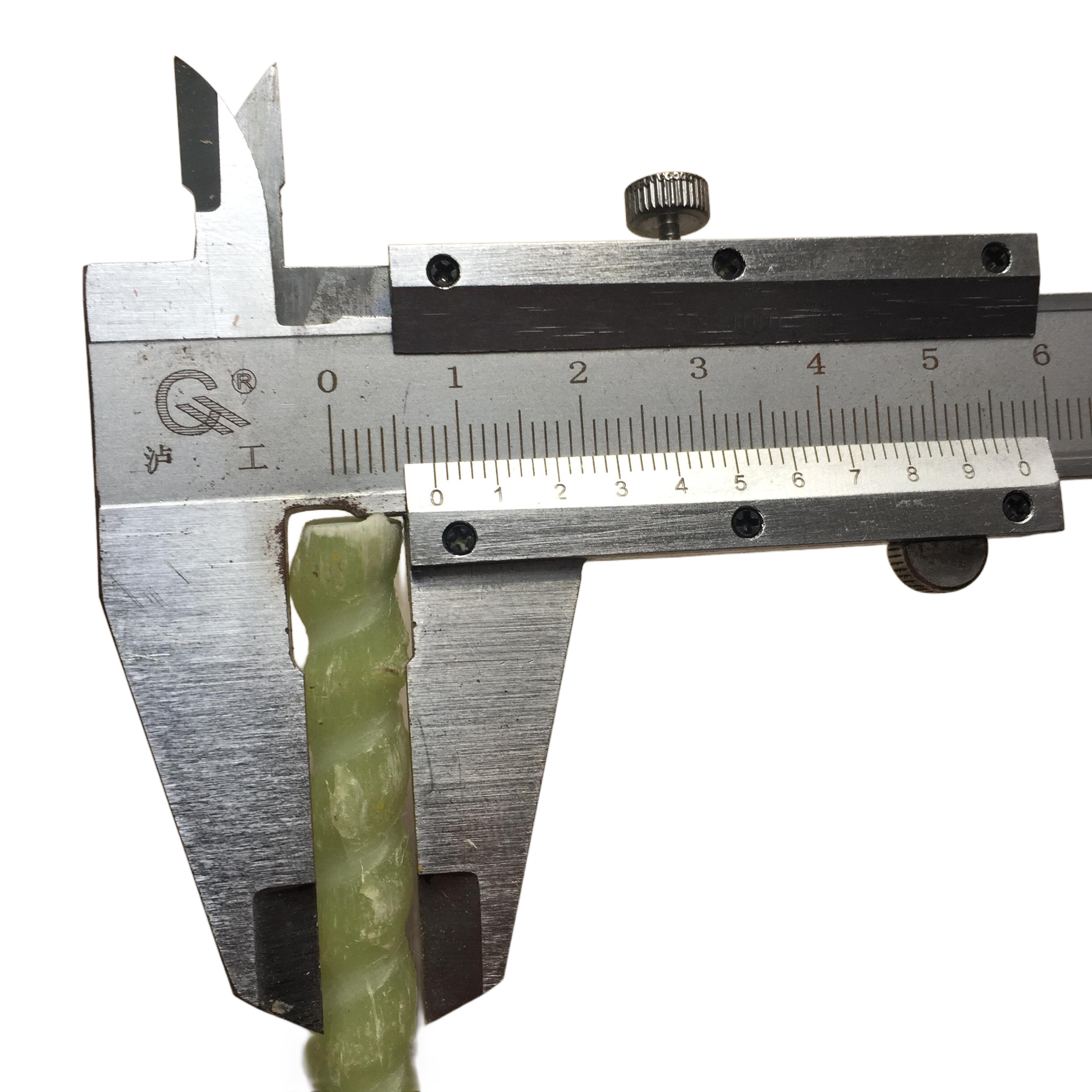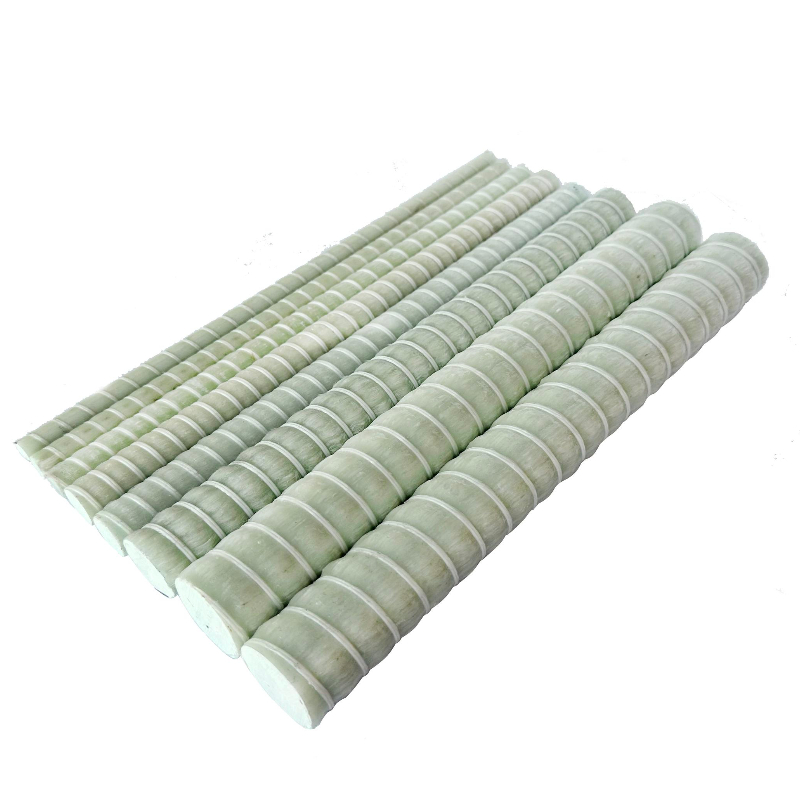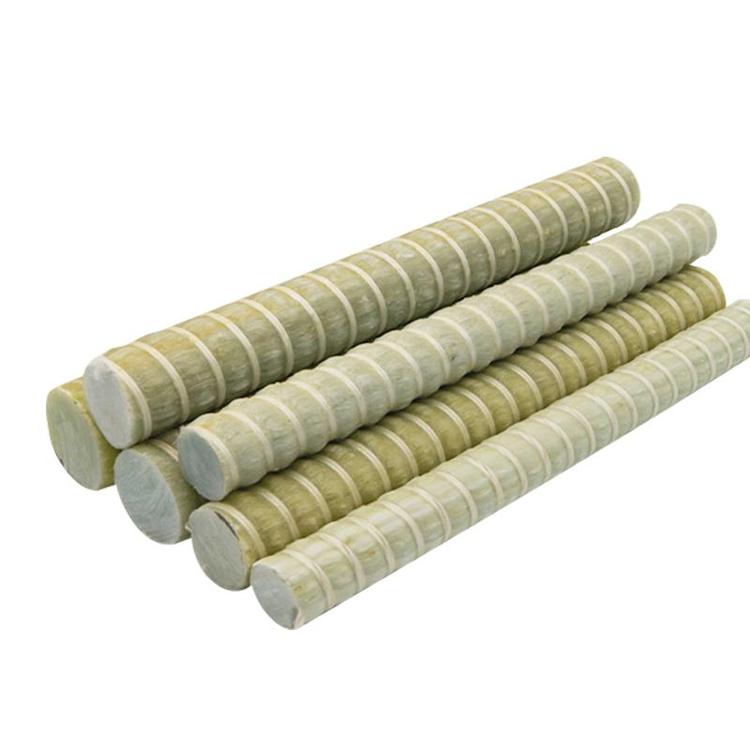Introduction
The construction industry continuously evolves as new materials and technologies emerge, challenging traditional practices and standards. Reinforcement bars, or rebar, play a crucial role in strengthening concrete structures by providing tensile strength that concrete alone cannot offer. Traditionally, steel rebar has been the material of choice due to its high tensile strength and compatibility with concrete. However, innovations like Fiberglass Rebar have introduced alternatives that promise enhanced performance and longevity. This article delves into whether fiberglass rebar is as good as steel rebar by examining their properties, applications, and overall efficacy in modern construction.
Understanding Rebar: Function and Importance
Reinforcement bars are essential components in concrete structures. Concrete exhibits excellent compressive strength but lacks tensile strength, making it susceptible to cracking under tension. Rebar compensates for this weakness by absorbing tensile forces, ensuring structural integrity under various loads. The synergy between concrete and rebar results in reinforced concrete, a composite material that efficiently handles both compression and tension, crucial for buildings, bridges, and infrastructure projects.
Steel Rebar: Properties and Applications
Steel rebar has been the industry standard for over a century, valued for its high tensile strength, ductility, and thermal expansion properties similar to concrete. These attributes ensure that steel-reinforced concrete behaves predictably under temperature fluctuations, minimizing internal stresses. Steel rebar's widespread availability and established performance record make it a trusted choice for architects and engineers in various applications, from residential buildings to large-scale infrastructure projects.
Fiberglass Rebar: An Emerging Alternative
Fiberglass rebar, made from glass fiber reinforced polymer (GFRP), has emerged as a formidable alternative to steel rebar. It offers several advantages, including corrosion resistance, lightweight properties, and non-conductivity. These characteristics address some limitations of steel rebar, particularly in environments where corrosion is a concern or where electromagnetic neutrality is required. Fiberglass rebar's potential to extend the lifespan of structures and reduce maintenance costs positions it as a revolutionary material in the construction industry.
Comparative Analysis: Fiberglass Rebar vs. Steel Rebar
A thorough comparison between fiberglass rebar and steel rebar involves examining several critical factors that influence their performance and suitability for specific applications.
Strength and Durability
Steel rebar is renowned for its high tensile strength, typically around 60,000 psi. Fiberglass rebar, while also strong, has a tensile strength that can exceed 100,000 psi. Despite its higher tensile strength, fiberglass rebar is more brittle than steel and lacks the ductility that allows steel to deform under stress before failure. This brittleness requires careful consideration in design to prevent sudden failure without warning signs.
Corrosion Resistance
One of the significant advantages of Fiberglass Rebar is its immunity to corrosion. Steel rebar, when exposed to moisture and chlorides, is prone to rusting, leading to expansion and cracking of the concrete cover. This degradation compromises structural integrity and necessitates costly repairs. Fiberglass rebar's corrosion resistance makes it ideal for maritime structures, bridges, parking garages, and any application where exposure to corrosive elements is high.
Weight and Handling
Fiberglass rebar is approximately one-quarter the weight of steel rebar, significantly easing handling and transportation. This reduction in weight can lead to decreased labor costs, faster installation times, and improved safety on construction sites. The lightweight nature of fiberglass rebar also reduces the structural dead load, which can be beneficial in specific design scenarios.
Cost Considerations
Initial material costs for fiberglass rebar are typically higher than for steel rebar. However, when considering the total lifecycle cost, fiberglass rebar can be more economical. Its corrosion resistance leads to longer-lasting structures with lower maintenance and repair costs. Owners and developers must weigh the upfront investment against long-term savings, especially in projects where durability and longevity are paramount.
Electrical and Magnetic Properties
Fiberglass rebar is non-conductive and non-magnetic, making it suitable for applications where electromagnetic interference must be minimized. Structures near sensitive electronic equipment, such as MRI rooms in hospitals or electrical substations, benefit from using fiberglass rebar to prevent interference. Steel rebar, being conductive and magnetic, is unsuitable for these specialized applications.
Case Studies and Applications
Several projects worldwide have successfully implemented fiberglass rebar, validating its efficacy in real-world conditions. For instance, coastal infrastructure projects have utilized fiberglass rebar to combat the aggressive corrosive action of saltwater. In one notable case, a bridge constructed using fiberglass rebar demonstrated superior performance with minimal maintenance required over decades of service.
Additionally, the use of fiberglass rebar in highway construction has shown promise in reducing the occurrence of rebar-induced concrete cracking, thereby extending the lifespan of roadways. These case studies underscore the practical benefits and versatility of fiberglass rebar in various construction contexts.
Practical Considerations in Choosing Rebar Type
Selecting between fiberglass and steel rebar depends on specific project requirements and environmental conditions. Engineers must consider factors like load-bearing needs, environmental exposure, electromagnetic considerations, and budget constraints.
For structures exposed to corrosive environments or requiring non-magnetic materials, fiberglass rebar offers clear advantages. Its use can enhance durability and reduce lifecycle costs despite higher initial expenses. In contrast, for projects where ductility and well-understood performance characteristics are critical, steel rebar remains a reliable choice.
Building codes and standards also influence material selection. While steel rebar has long-standing inclusion in codes worldwide, fiberglass rebar is gradually gaining acceptance as research supports its performance. Consulting current local regulations is essential when considering fiberglass rebar for structural applications.
Conclusion
Fiberglass rebar presents a compelling alternative to traditional steel rebar, offering benefits like corrosion resistance, lightweight handling, and non-conductivity. Its suitability for harsh environments and specialized applications addresses some limitations inherent to steel rebar. However, considerations regarding brittleness, cost, and regulatory acceptance require careful evaluation.
In conclusion, fiberglass rebar can be as good as, or even superior to, steel rebar in specific contexts. The decision to use fiberglass rebar should be based on a comprehensive analysis of project requirements, environmental conditions, and long-term performance goals. By leveraging the advantages of Fiberglass Rebar, construction professionals can enhance the durability and efficiency of their projects.
Frequently Asked Questions (FAQs)
1. What are the main advantages of using fiberglass rebar over steel rebar?
Fiberglass rebar offers corrosion resistance, making it ideal for structures exposed to moisture, chemicals, or saltwater. It is lighter than steel, reducing transportation and installation costs. Additionally, its non-conductive nature is beneficial for projects requiring electromagnetic neutrality.
2. Can fiberglass rebar completely replace steel rebar in all applications?
While fiberglass rebar is advantageous in many scenarios, it may not be suitable for all applications. Its lower ductility compared to steel means it may not perform as well under certain stress conditions. Engineers must assess project-specific requirements before deciding on the material.
3. How does the cost of fiberglass rebar compare to steel rebar?
Initially, fiberglass rebar tends to be more expensive than steel rebar. However, its durability and resistance to corrosion can lead to lower maintenance costs over the structure's lifespan, potentially making it more cost-effective in the long term.
4. Is fiberglass rebar compliant with current building codes and standards?
Fiberglass rebar is increasingly recognized in building codes and standards as research validates its performance. It's important to consult local regulations and standards to ensure compliance when considering its use in structural applications.
5. Does fiberglass rebar affect the structural integrity of concrete differently than steel rebar?
Fiberglass rebar provides high tensile strength and enhances concrete's structural integrity similarly to steel rebar. However, its different mechanical properties, like lower modulus of elasticity, require specific design considerations to ensure optimal performance.
6. What are the environmental benefits of using fiberglass rebar?
Fiberglass rebar's corrosion resistance leads to longer-lasting structures, reducing the need for repairs and replacements. This longevity contributes to sustainability by decreasing resource consumption and environmental impact over time.
7. How does the installation process of fiberglass rebar compare to that of steel rebar?
The installation of fiberglass rebar is generally more efficient due to its lighter weight, which simplifies handling and placement. This can lead to reduced labor requirements and faster construction timelines compared to steel rebar installation.




























